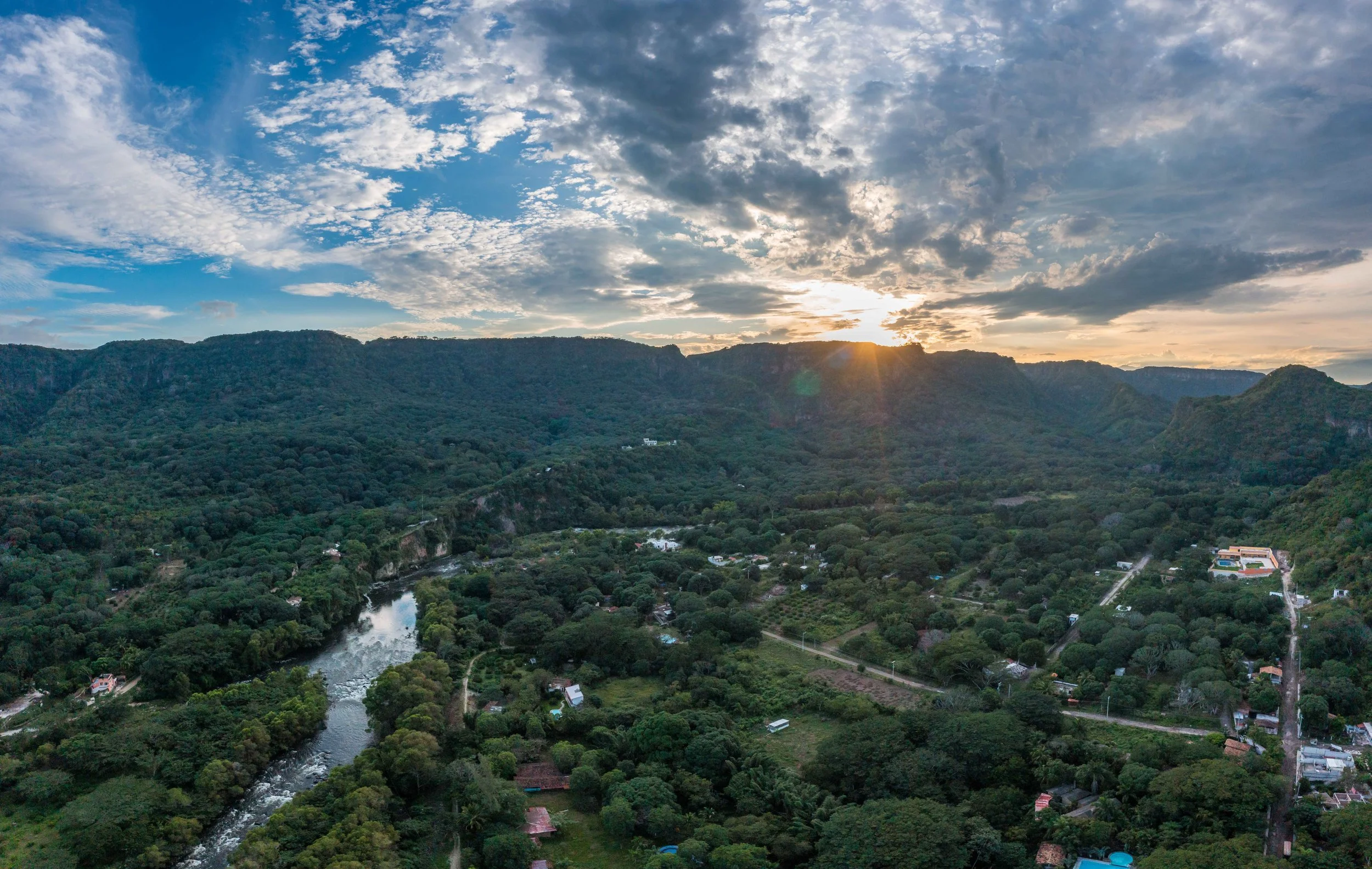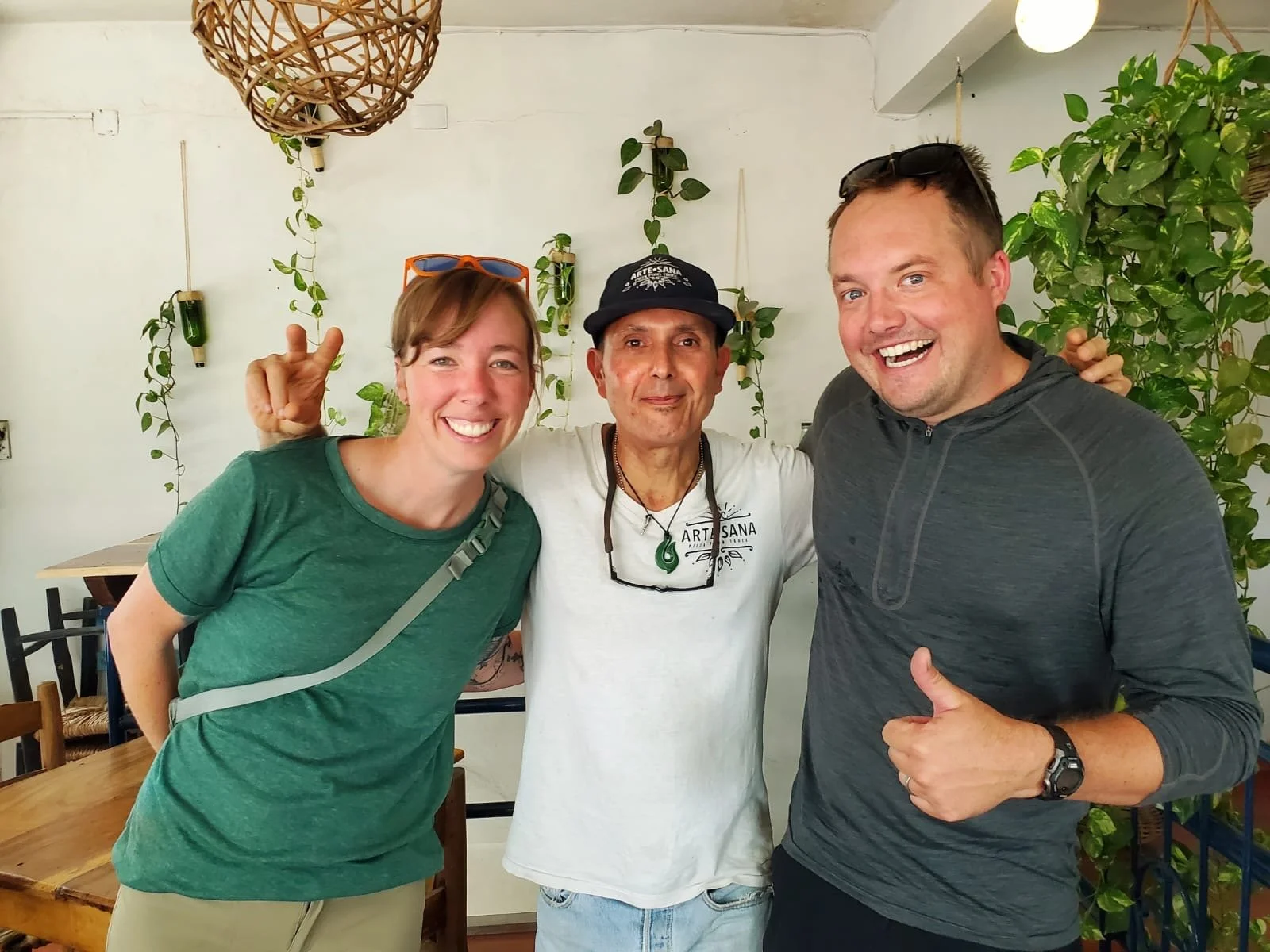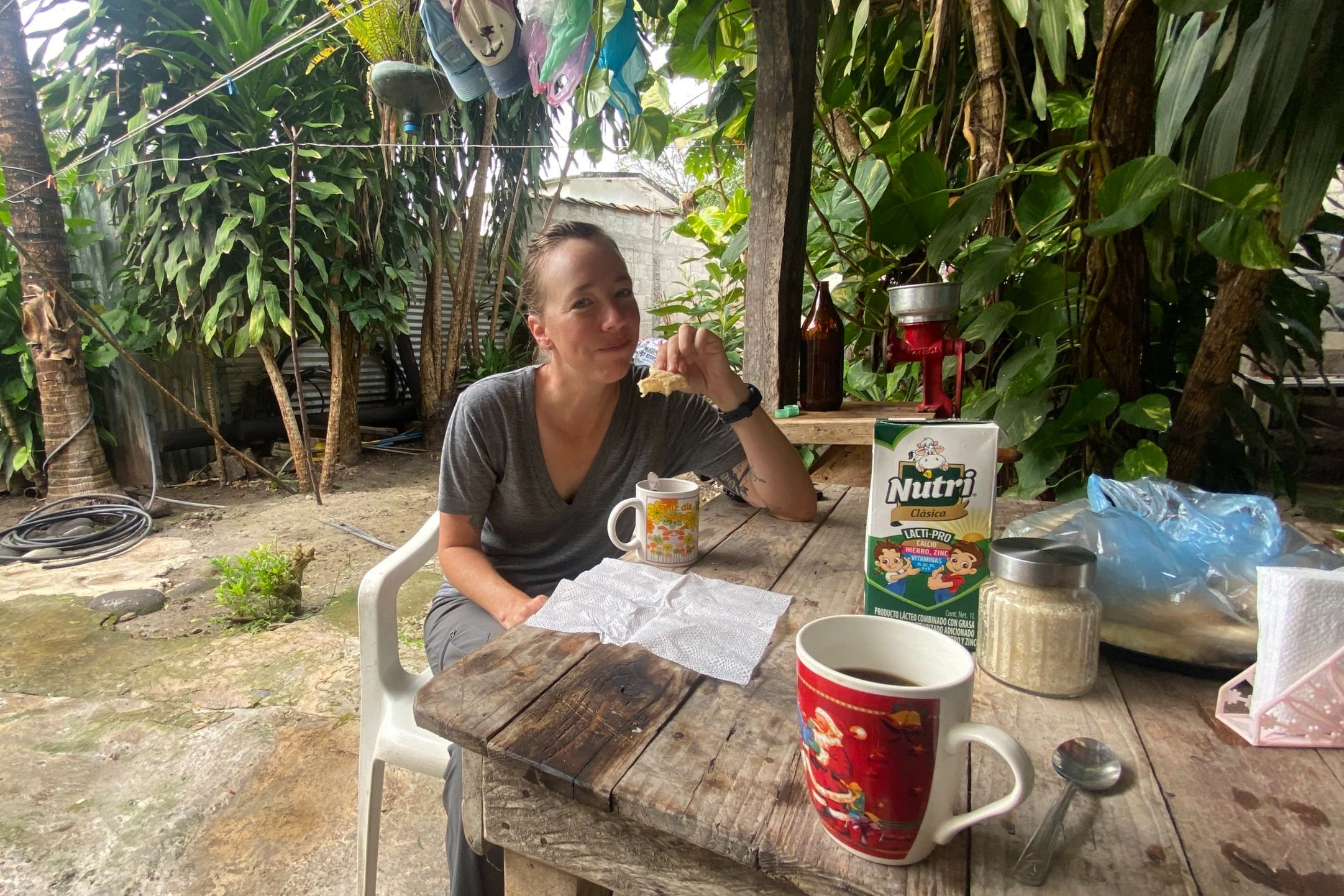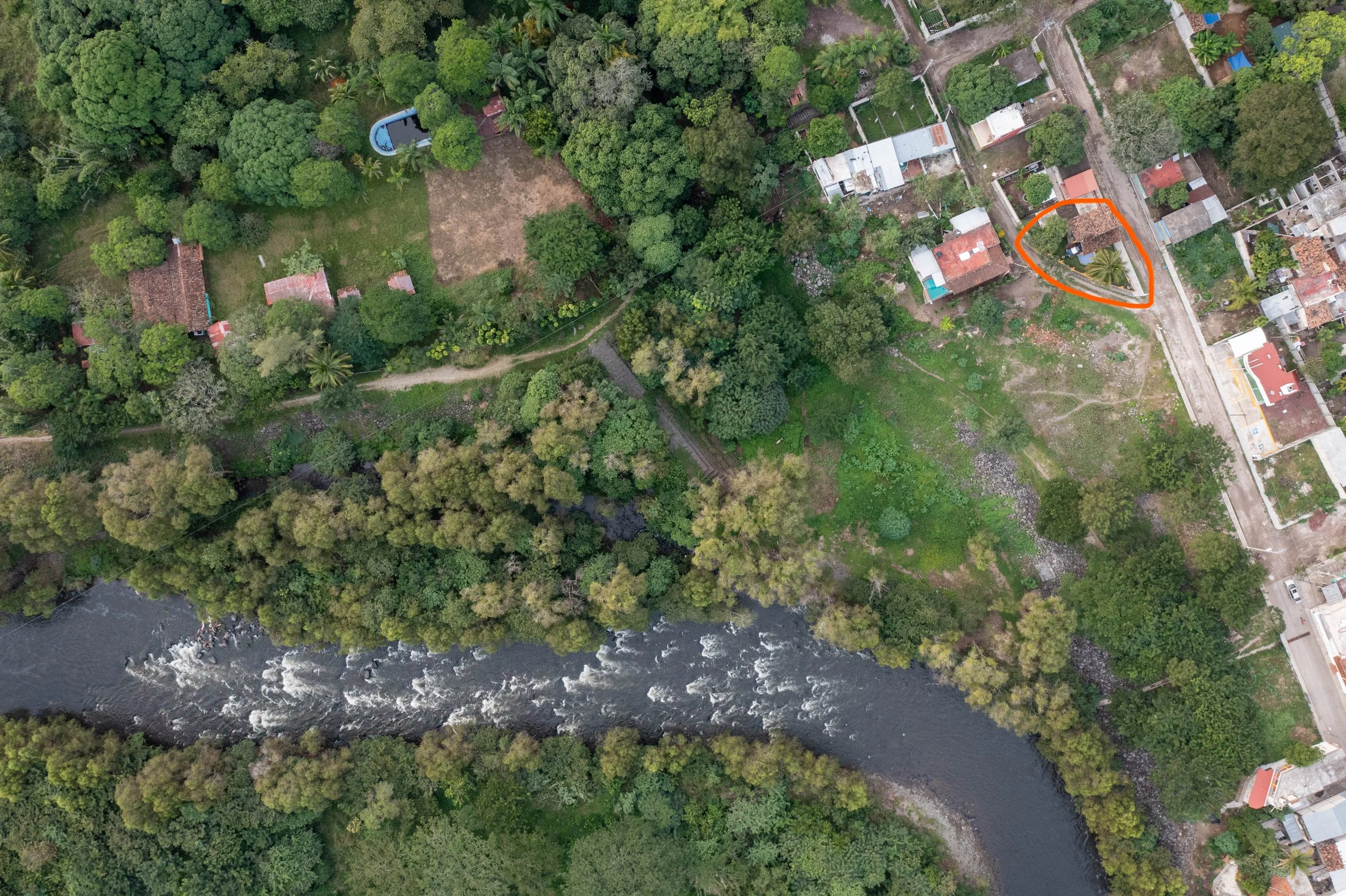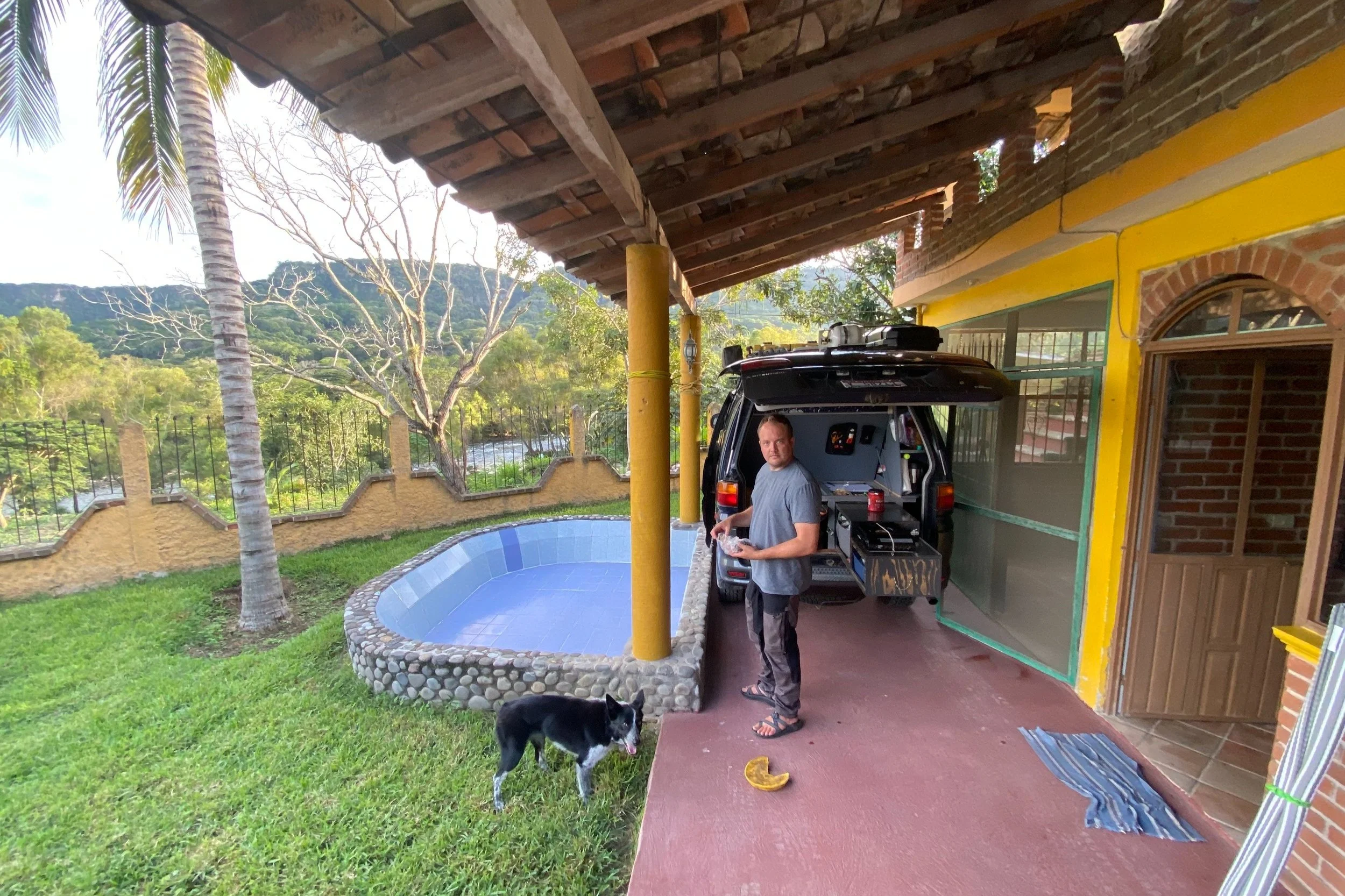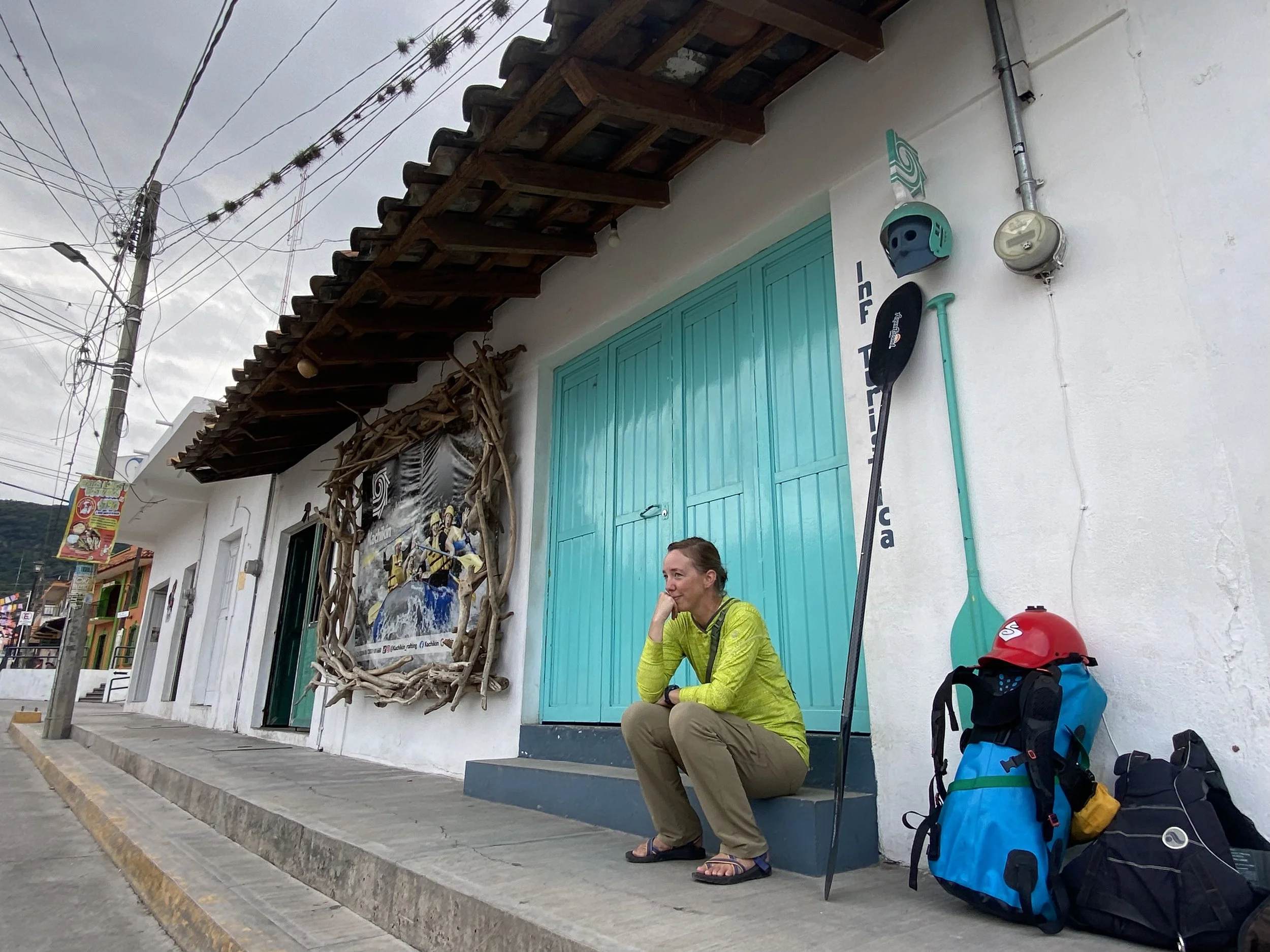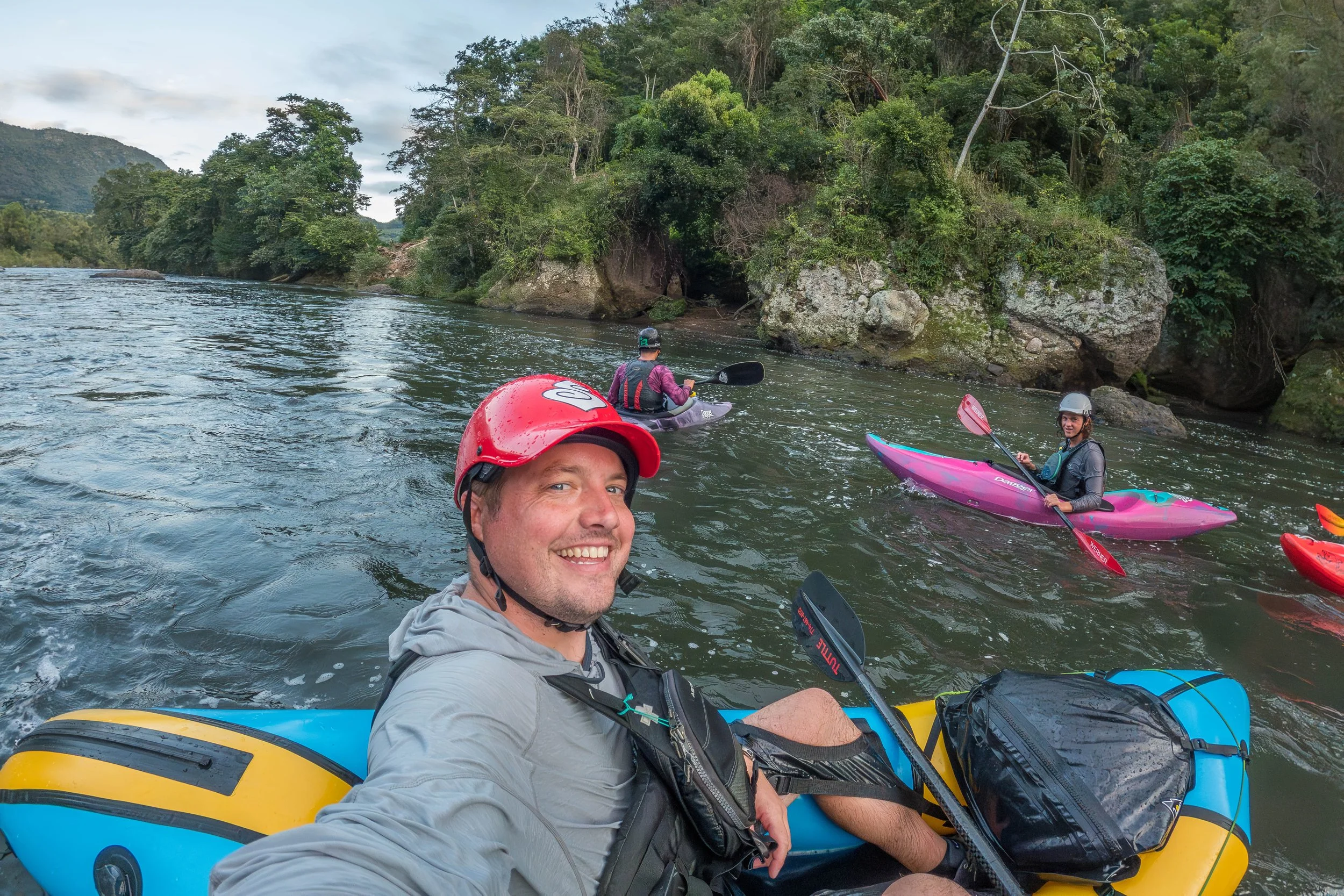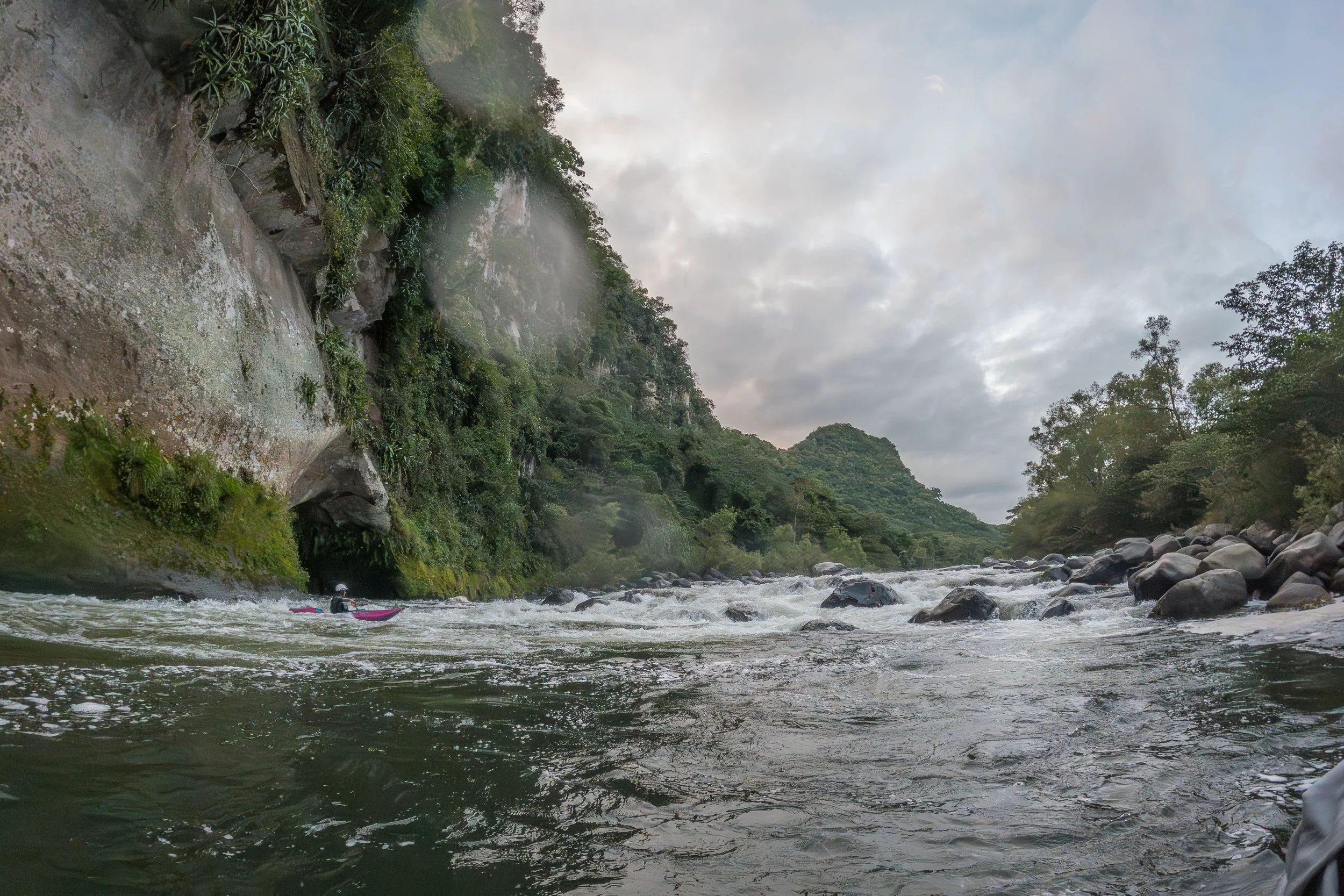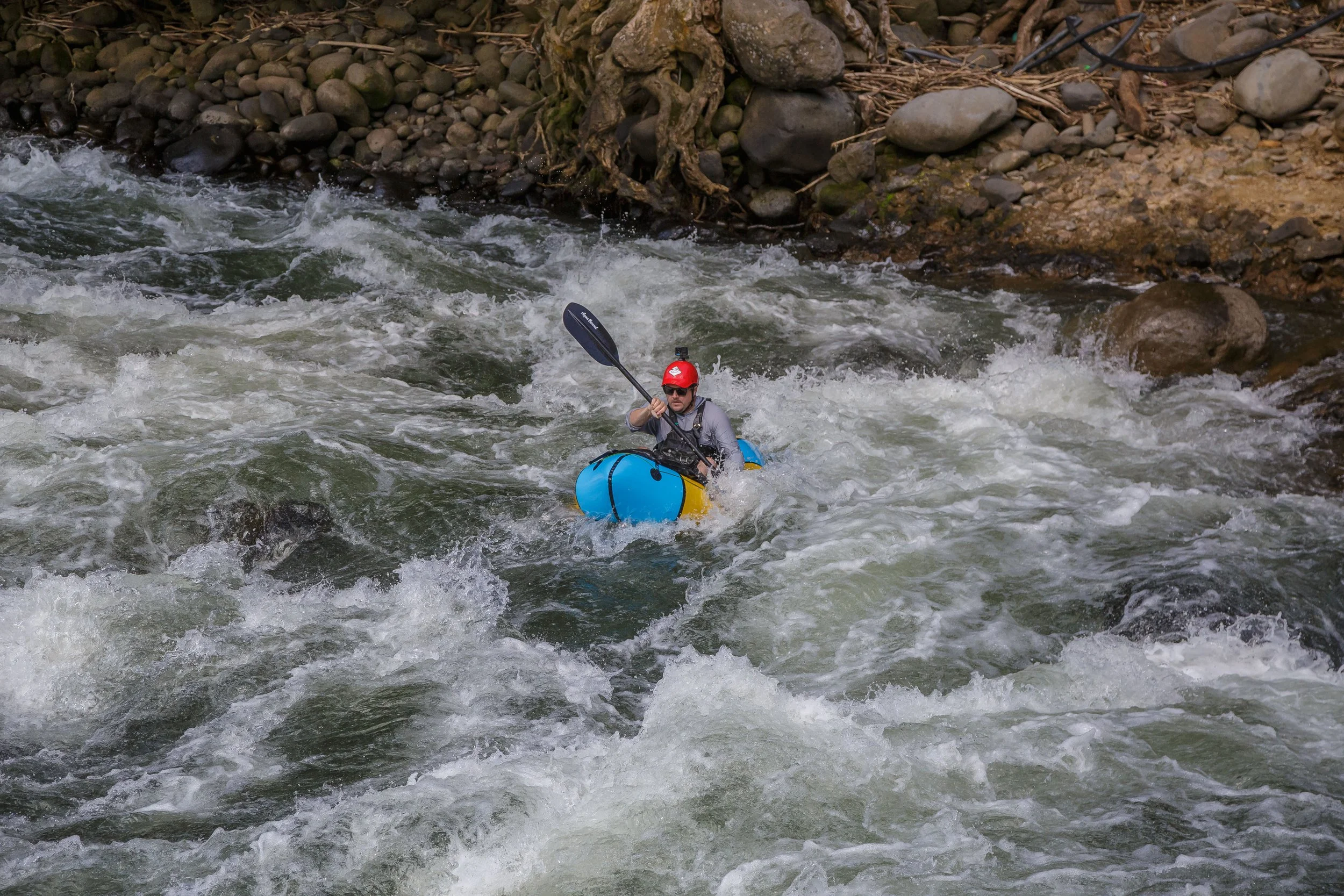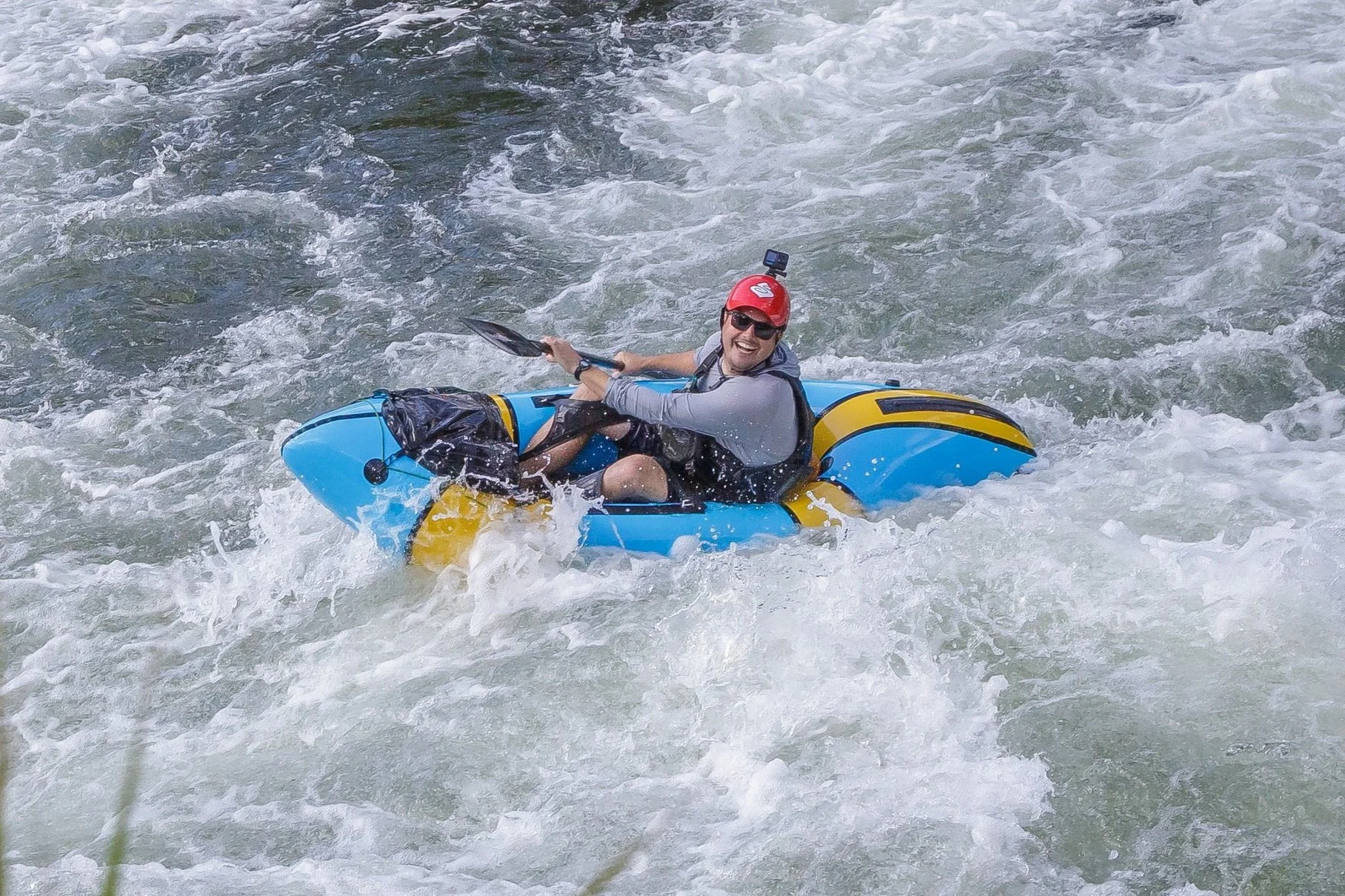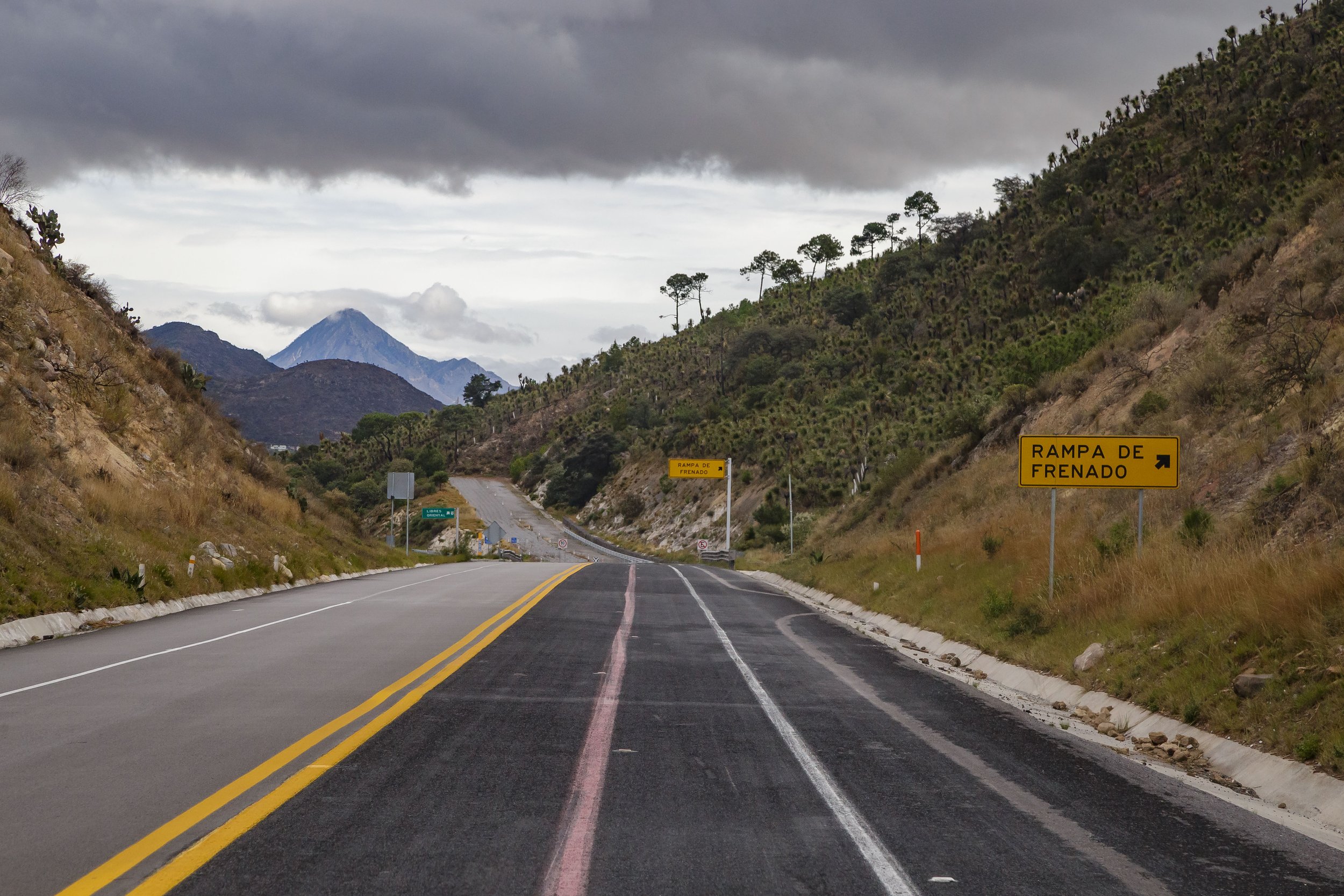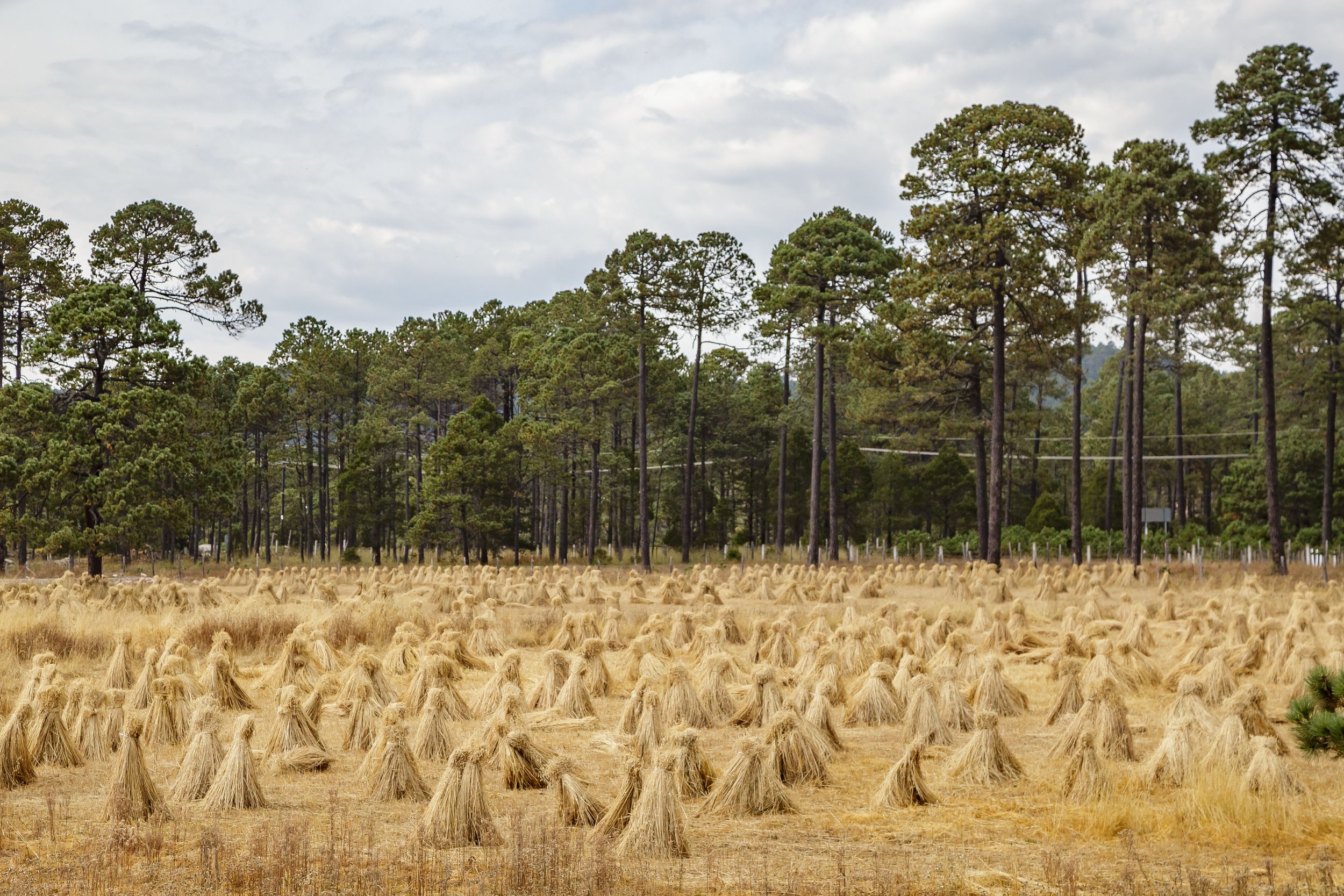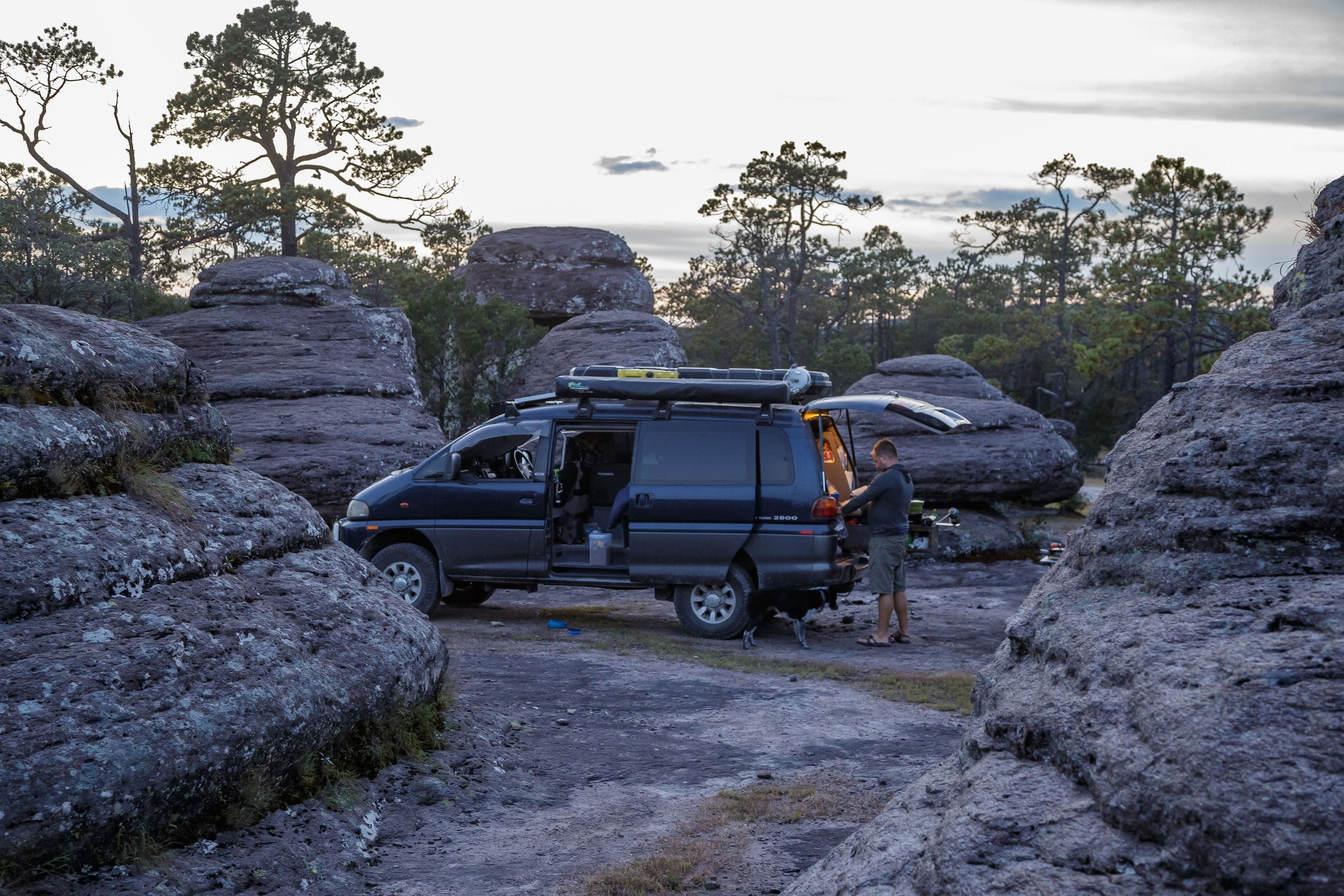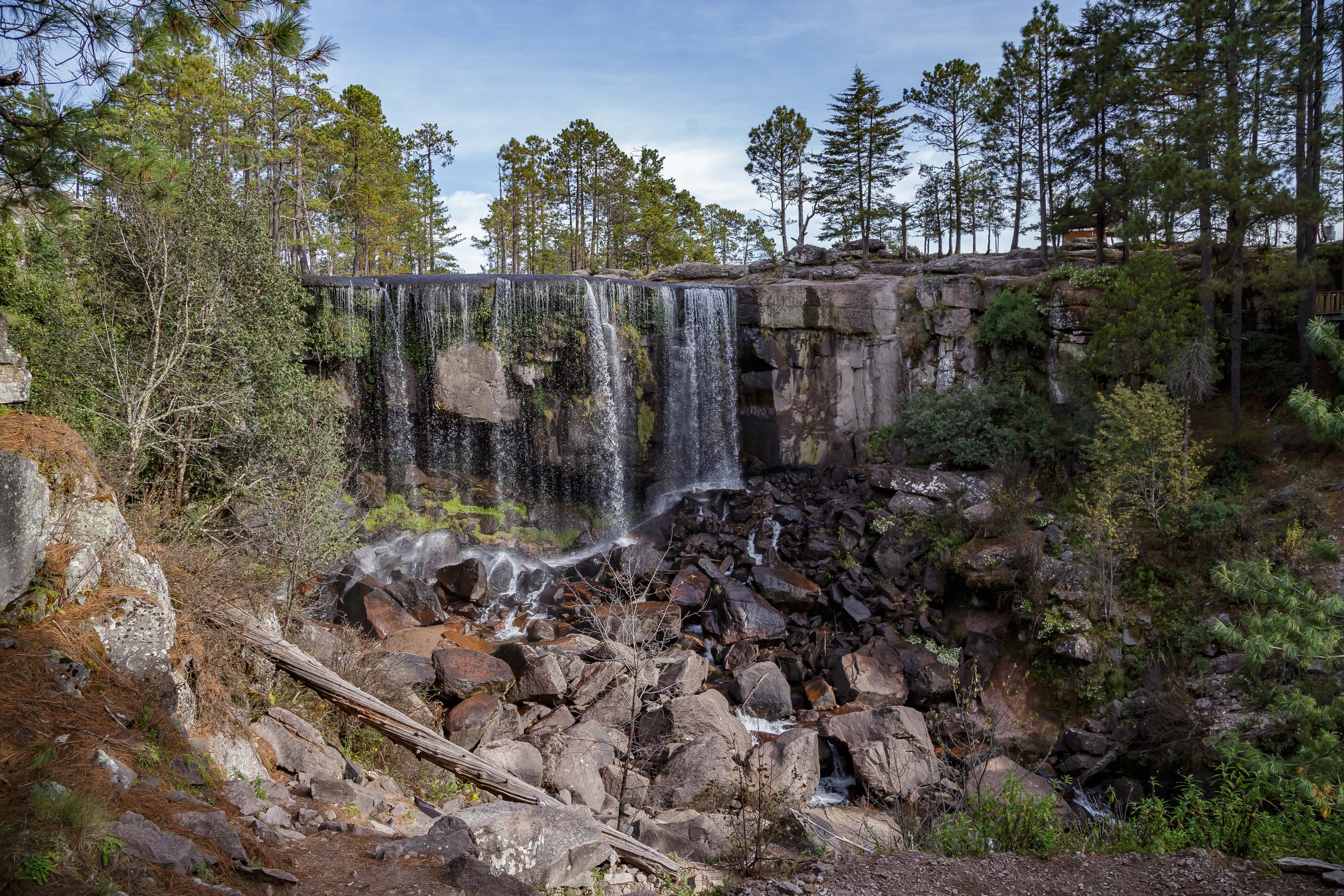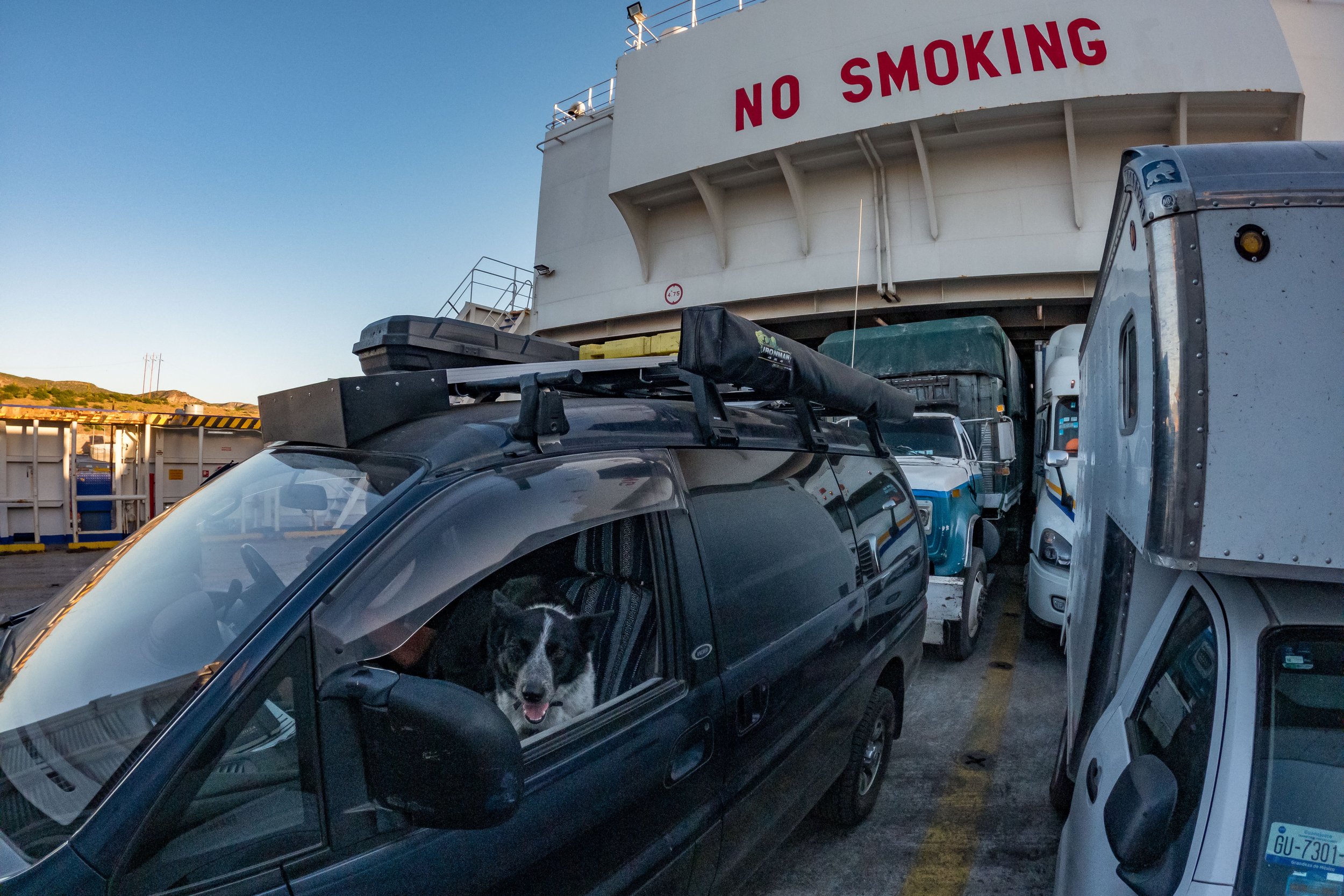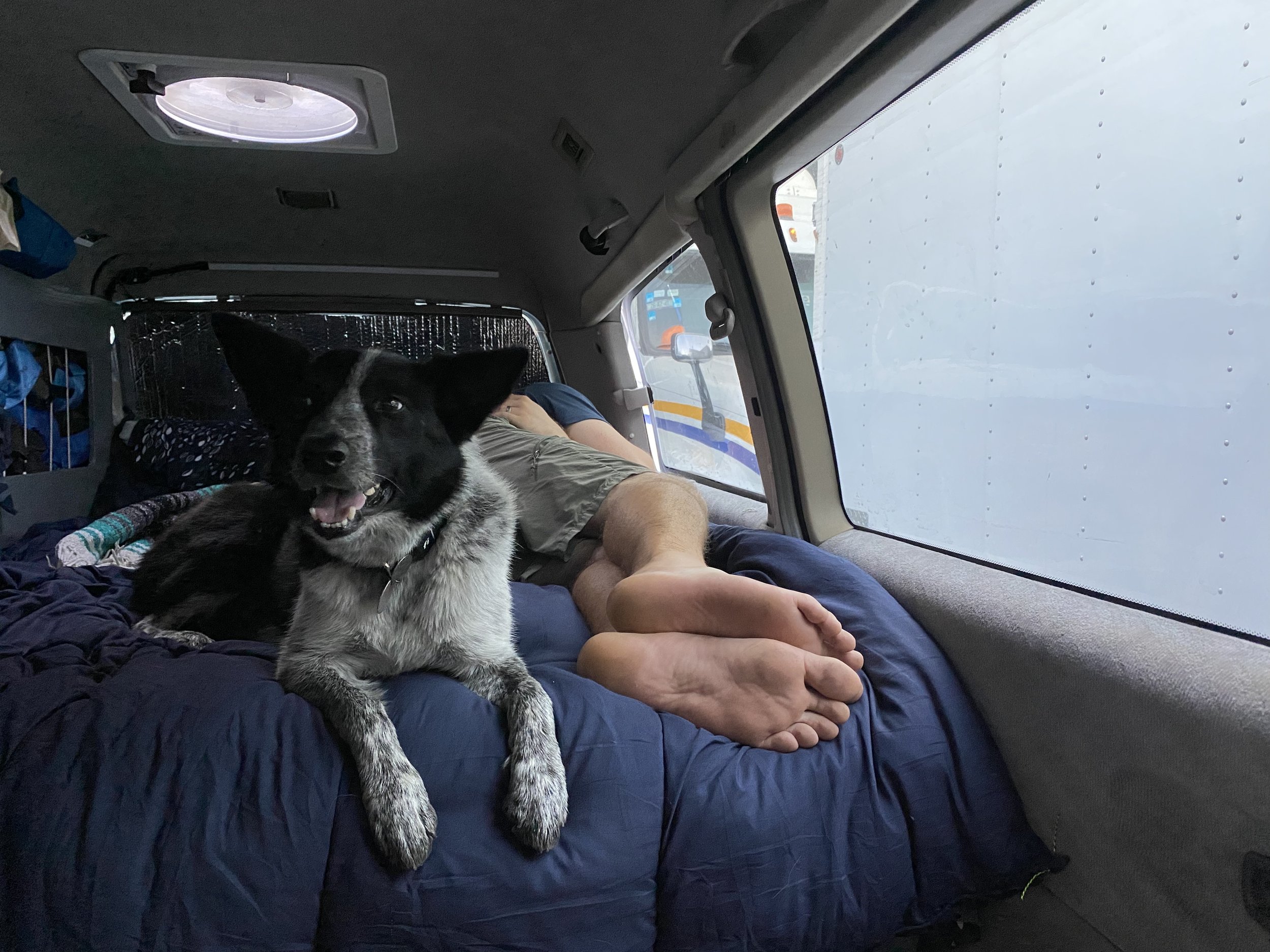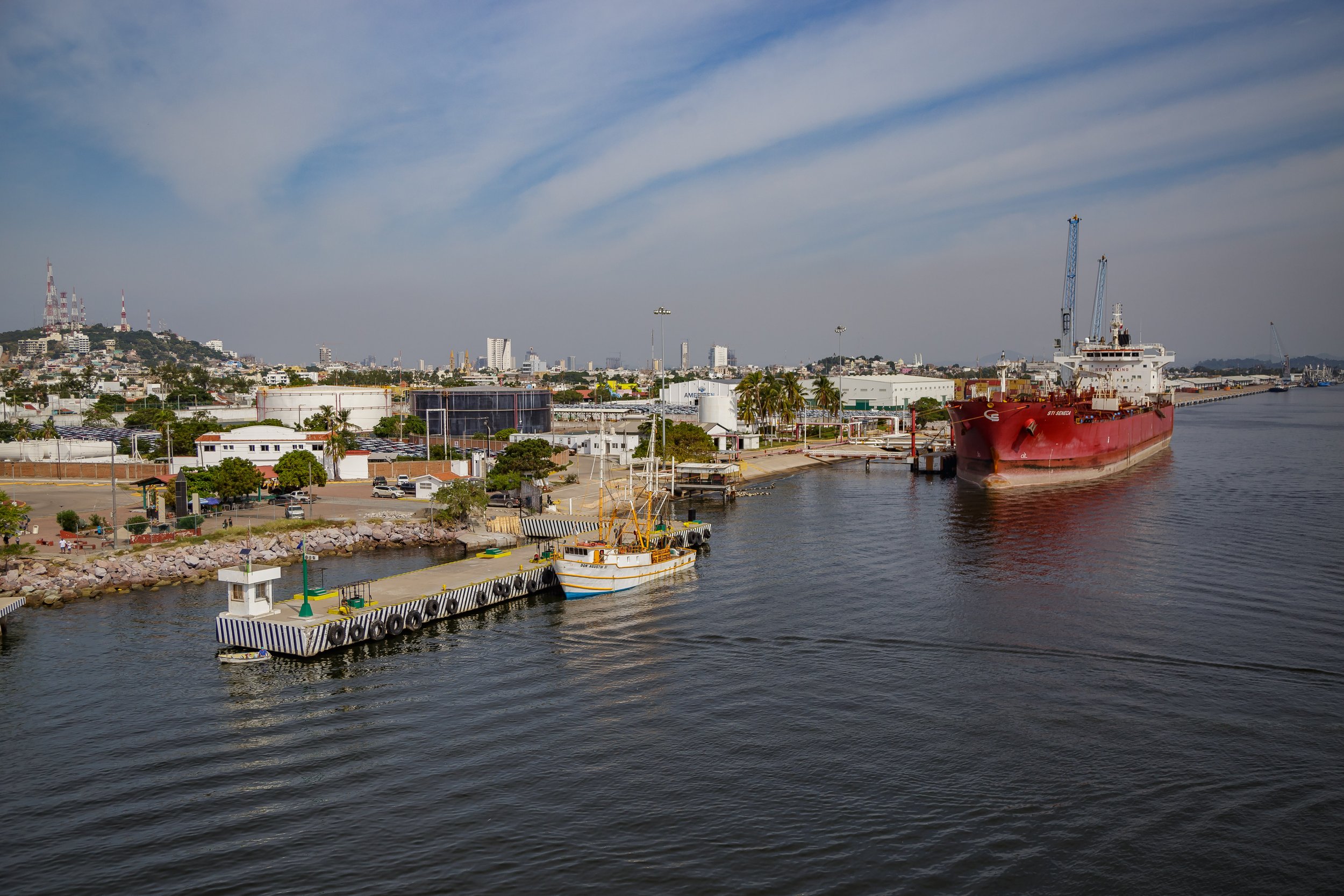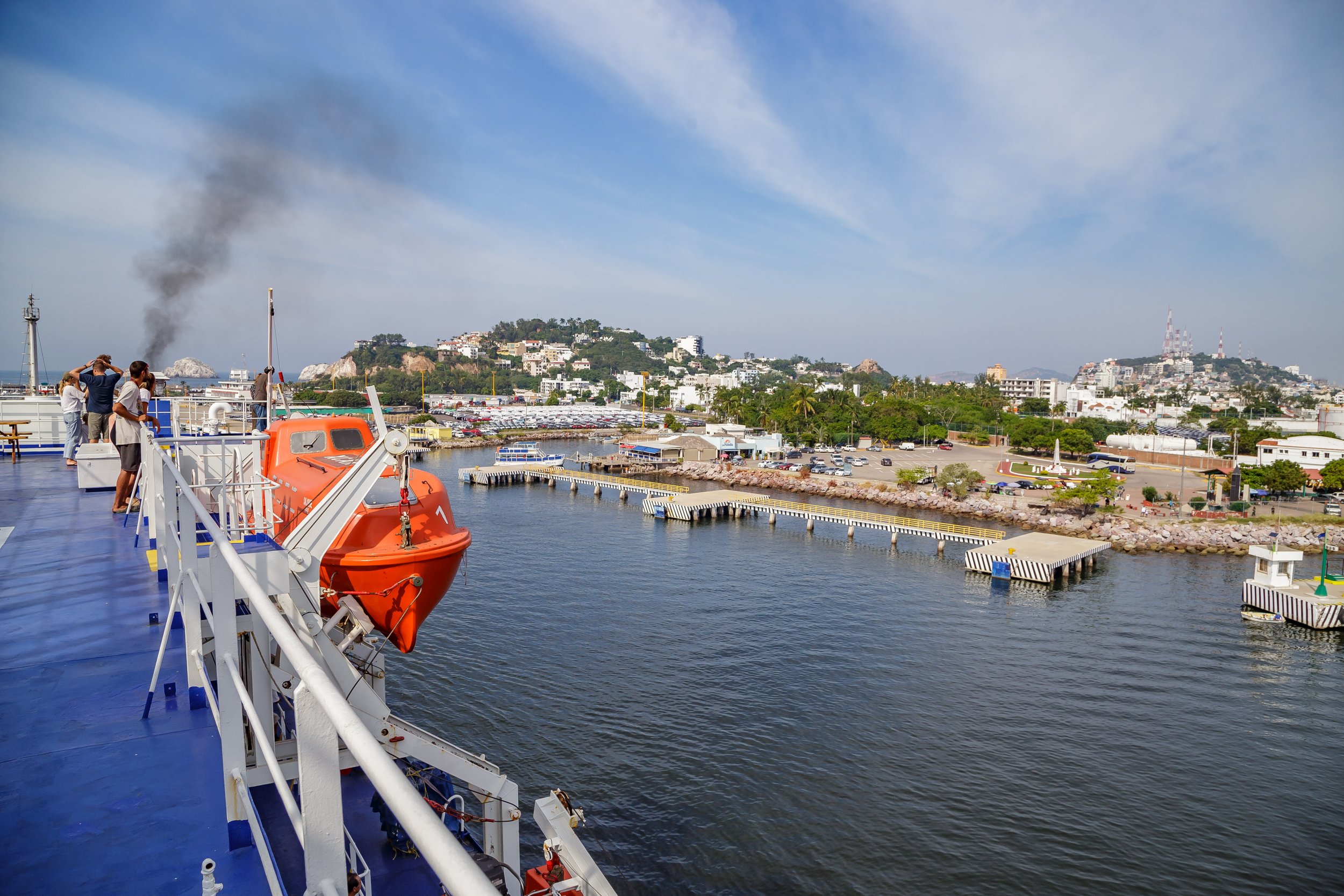Nov 13 - Nov 17 : Settling in to our Jalco-home
/Jalcomulco, Veracruz is very a special town. It sits in the valley of the Rio Antigua, surrounded by high plateaus of cactus and sugar cane on each side, and covered in lime and mango trees at the valley floor. The downtown square is equal parts old mission church and whitewater raft vendors, and the population seems to fall along similar lines, with some of the locals working generations old farmland to produce fresh fruit, and others guiding trips for outfitters and big adventure companies. The town itself is nestled on the banks of the river and acts as the take-out for a bumpy, fun section of class III-IV whitewater called the Pescados, and the put-in for a class II-III section often called the Rio Antigua. The river is the heart of the community, providing irrigation to the farmers, camarones and langostinos for the fishermen, and adventure for the guides.
I’ve always wanted to live at the take-out or put-in for a good whitewater section, and Jalcomulco may be that fairytale place where, for a few months every few years, I have that chance. The whole town is walkable by American standards, and the bridges that provide the river access aren’t much more than a 10 minute stroll from most spots in town. Vendors sell snacks and juices and tortas from the windows of their homes, and the traffic on the concrete and cobble streets is an equal mix of autos, motos, bikes, burros, wheelbarrows, and pedestrians.
Our first season here (Jan-March 2022), we lived up above the town proper on a hill, giving us beautiful vistas but necessitating a vehicular shuttle for our small raft, a 10ft Hyside Minimax. We made that shuttle on the back of two Yamaha TW200 motorcycles we brought with us, but this trip we packed lighter, no motos and no rubber rafts, instead opting for two lightweight “Gnarwhal” packrafts. In addition to lighter boats, we hoped to be even closer to the river, so the morning after arriving, we started scouting for a rental, calling our old contacts in town and setting out on foot, looking for “Se Renta” signs taped to fences and doors.
We paid a visit to our current friend and past coworker Mendez from our days working in Colorado, he operates a wood-fired pizzeria in the town square, but he didn’t have any leads for us. We sent a WhatsApp message to our previous landlord Ruben, but had already rented out his property for the winter, so we couldn’t reprise our stay on the hillside. A few properties near Oscar’s house had “Se Venda” and “Se Renta” hanging inside their windows, so I made a few calls. One little spot that was for sale would have been perfect for us - it had a big walled-in parking area, tiny 1 bedroom room with an attached kitchen, studio style, and a huge (by Mexican standards) pool. It was built to be a family’s get-away property, but they didn’t want to rent it to us, It was, however, for sale for $44,000 USD… tempting!
Next to the little place for sale, and directly across the street from Oscar’s, was a little yellow two story bungalow on a pie shaped lot. I messaged the owner and he immediately drove down from the neighboring city of Coatepec to open the house for us. The layout was a little weird, and it was completely devoid of furniture, but it ticked enough boxes to make us interested, and for the cheap monthly price of $3000MXN (roughly $190USD) we had secure parking, a roof over our heads, and a 60 second walk to the river!
The beautiful town of Jalcomulco sits on the riverbanks of the Rio Antigua.
The low valley is nestled beneath beautiful plateaus and is covered in thick vegetation where it’s not being farmed.
This bend in the river on the bottom right is where we take out from the Rio Pescados section and walk a few hundred feet up to the rental house.
The late evening sun casts some beautiful light across the plateaus and into the river valley.
We had to stop in to see our other old Timberline Tours friend, Mendez, who owns a local pizza joint.
Morning in Oscar’s driveway.
Chelsea melted into a cup of delicious (home grown, harvested and roasted) coffee while I walked around town to scope out the house rental situation. (Stay tuned for a future post about that entire process!)
Gracie and little Harry became fast friends. Harry was hesitant to get closer to Gracie than this. Gracie was content just having him nearby.
River to the left and rental house to the right.
The river and an orange circle showing our rental house.
The rental house is exposed on the end of the main street, but it’s a perfect location with the river nearby and our friend Oscar right across the street. It’s also just far enough out of town to be pretty quiet.
The owner wanted us to be more excited about the pool. Who needs a pool when you have a river just a few hundred feet away???
The kitchen.
The view from the kitchen to the…bathroom room?
The bathroom room!
The driveway was just long enough that we could pull Walter up to get the solar panel in the sun to keep the batteries charged.
Who needs railings? (Nighttime commutes from the bedroom to the bathroom can be slightly sketchy)
Our favorite feature, a second story porch with a view of the river.
The bedroom.
The bedroom, which had no bed, quickly became our boat room.
We got settled in, parking Walter the Delica L400 under cover, and exploding our things into the empty house. The bedroom upstairs became the boat room, as we didn’t have a bed but we did have boats, and they needed to go somewhere. The heat of late autumn was still present, as were the mosquitos and sand flies, so we went looking for a strong fan to move the air around and blow away the pests. Our camp chairs and camp table became our only furniture, and all of Gracie’s things were organized into her own little corner. We flushed and scrubbed the house’s water tank, and tried to ignore the fact that it looked like it was made out of asbestos. Our landlord assured us that getting the internet hooked up would be easy, and then left us to it, encouraging us to ask our friend and now neighbor Oscar for help. We eventually got a couple of very young sales people to come around and lock us into a 6 month commitment for service, and then the technician was booked, and a few days later we had reliable internet, a necessity for us if we are going to be staying in one spot. (Don’t worry…the six month contract was only $450MXN, about $26 USD.)
Last, but not least, our final mission was to get on the water, or at least to get me on the water, as the Pescados section is still a little advanced for Chelsea to want to packraft. We had walked up the road and scouted the last significant rapid, Veintidós, right when we got to town, and it looked just like I remembered it. The water seemed to be at a low mid-season flow, bordering on late season, probably perfect for me and my packraft, a nice class III+ section with one or two class IV moves. I had seen some old paddling friends on our initial drive into town, so I messaged them and got a trip together, hiring a truck to run shuttle for $15USD split between five paddlers. Chelsea got me all packed up and sent me down the road, like a kid going to his first day at school, promising to meet us at Veintidós for some photos.
And just like that, life was that easy: a five minute walk into the town center, a 15 minute drive to the put-in, a two hour paddle back home, and artisanal wood fired pizza for dinner. What more could we ask for?
Visiting one of our favorite haunts…Chela’s! She makes fresh juices (orange, carrot, beet is our favorite) and the best tortas we’ve had in Mexico. We were excited to be back and even more excited that they remembered us!
Walking the streets of Jalcomulco to find a fan.
Putting together a fan with a look betraying that I’d forgotten just how bad the bugs are and just how hot it can get here.
Gracie immediately took a liking to a perch at the top of the stairs for her favorite rest spot in between disc throws.
The internet guy was efficient in taking down the existing cable and running a new one to the house. We had internet in just under an hour!
Mendez, serving one of his signature wood oven fired pizzas.
Scouting the last significant rapid of the Rio Pescados section - Veintidós.
It felt a bit like being sent off to school.
Waiting outside Kachikín Rafting for the shuttle and the rest of the paddlers to show up. Chels sat this one out, opting to meet us at the last rapid, Veintidós, for some photos.
Kayakers, assemble!
A late start, but a beautiful day on the water.
The river canyon of the Rio PEscados is stunning.
Looking back up at the rapid called La Cueva, named for the large cave that you can see to the left above the kayaker.
Veintidós!
I’ll never get tired of seeing Chelsea on the river shore, taking photos of me and the other boaters…fun fact, she was a whitewater rafting photographer for several years in Colorado when we were first dating and It was my favorite thing to raft by her and blow her kisses while she snapped away.


